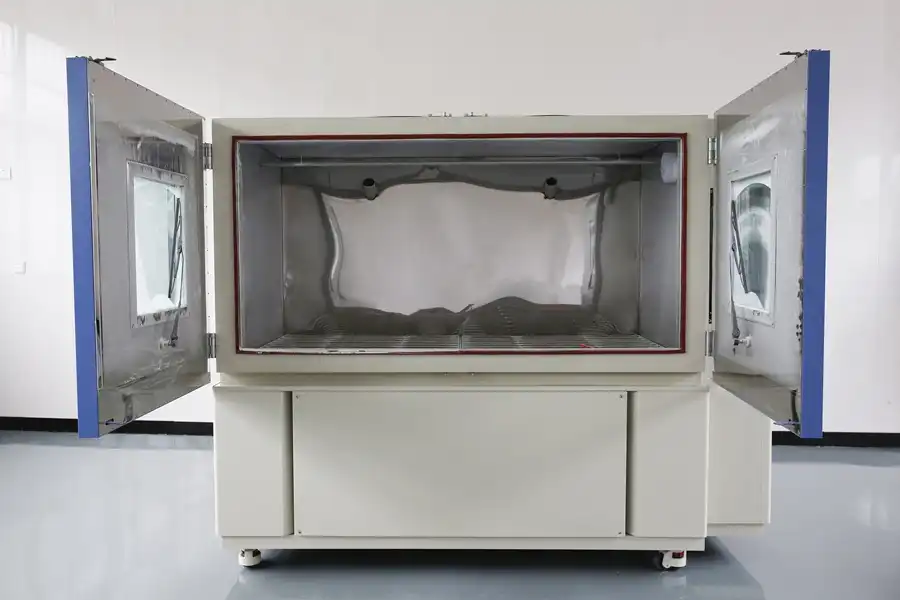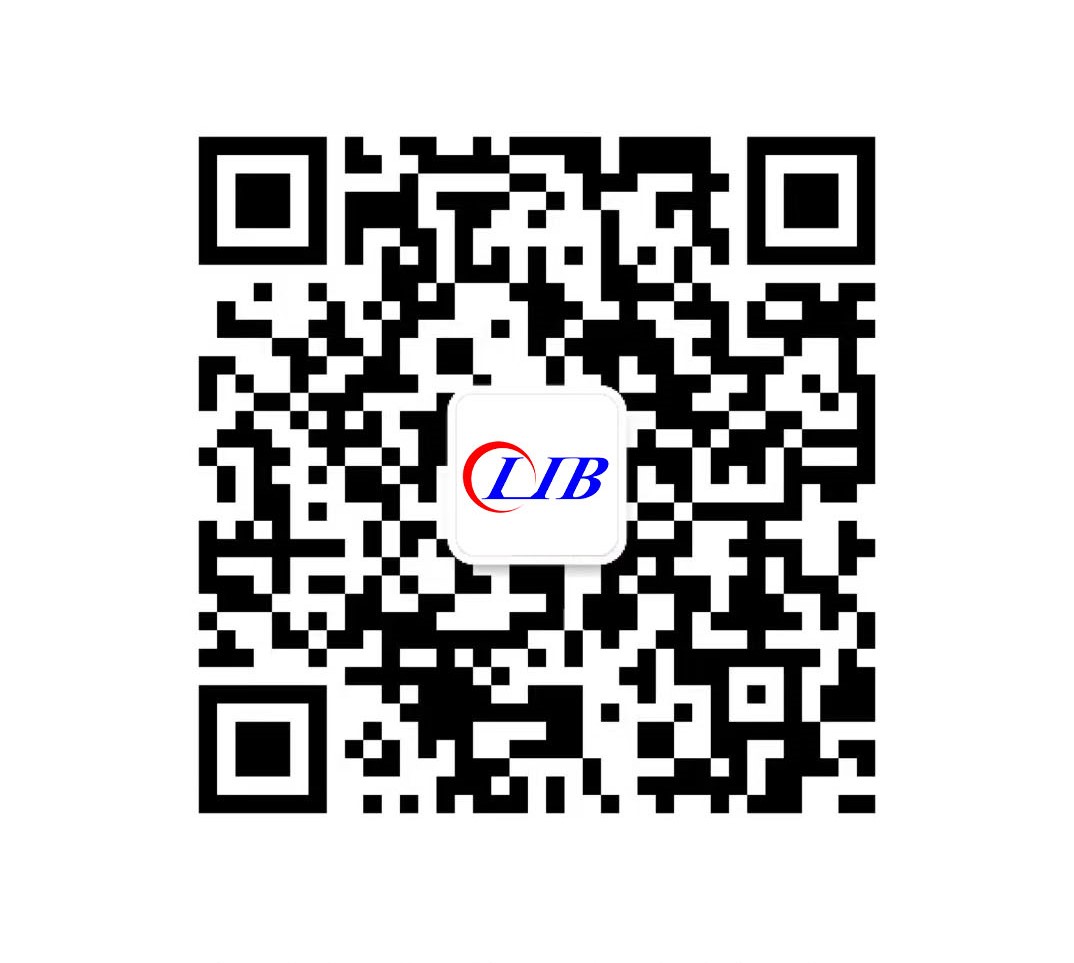Why Dust Test Chambers Are Essential for Automotive Reliability?
Why Dust Test Chambers Are Essential for Automotive Reliability?
Modern vehicles face relentless exposure to dust, sand, and particulate matter throughout their operational lifespan. Dust test chambers serve as critical quality assurance tools that simulate real-world environmental conditions, enabling manufacturers to evaluate component durability before market release. These specialized testing environments replicate harsh conditions from desert highways to construction sites, ensuring automotive systems maintain peak performance despite continuous particulate exposure. By subjecting components to controlled dust environments, manufacturers can identify potential failure points, enhance design robustness, and deliver vehicles that meet stringent reliability standards across diverse operating conditions.

What Role Does Dust Play in Automotive Component Degradation?
Microscopic Invasion Mechanisms
Dust particles penetrate automotive systems through various pathways, creating multifaceted degradation scenarios. Fine particulates measuring between 0.1 to 100 micrometers infiltrate electronic housings, mechanical assemblies, and sensitive optical components. These microscopic invaders accumulate within critical interfaces, disrupting normal operational parameters and accelerating wear patterns beyond design specifications.
Electrical System Vulnerabilities
Conductive dust particles pose significant threats to automotive electrical systems. When metallic particulates bridge circuit pathways, they create unintended electrical connections leading to short circuits, component overheating, and system malfunctions. Non-conductive dust accumulation increases thermal resistance, preventing adequate heat dissipation from electronic control units and power management systems.
Mechanical Wear Acceleration
Abrasive particles act as microscopic grinding agents within moving mechanical components. Dust infiltration into bearing assemblies, gear mechanisms, and actuator systems dramatically increases friction coefficients, leading to premature wear, reduced efficiency, and unexpected component failures. The cumulative effect of continuous particulate exposure can reduce component lifespan by up to 40% compared to clean environment operations.
Vulnerable Automotive Parts Requiring Dust Resistance Testing
Electronic Control Units and Sensors
Modern vehicles contain numerous electronic control units governing engine management, transmission control, and safety systems. These sophisticated components require protection against particulate ingress to maintain signal integrity and processing accuracy. Critical sensors including mass airflow sensors, throttle position sensors, and environmental monitoring devices are particularly susceptible to dust-related performance degradation.
Lighting Systems and Optical Components
Automotive lighting systems encompass headlights, taillights, interior illumination, and advanced driver assistance system cameras. Dust accumulation on optical surfaces reduces light transmission efficiency, compromises beam patterns, and degrades image quality for camera-based safety systems. Testing ensures proper sealing effectiveness and long-term optical clarity under harsh environmental conditions.
HVAC Systems and Air Filtration
Heating, ventilation, and air conditioning systems face direct exposure to external air contaminants. Dust infiltration can clog filters, reduce airflow efficiency, and introduce particulates into passenger compartments. Comprehensive testing evaluates filter effectiveness, system sealing integrity, and overall air quality maintenance capabilities throughout extended operational periods.
Component Category | Primary Dust Vulnerabilities | Testing Focus Areas |
Electronics | Signal interference, thermal buildup | Ingress protection, thermal management |
Optics | Surface contamination, light reduction | Sealing effectiveness, cleaning systems |
Mechanical | Abrasive wear, lubrication contamination | Bearing protection, seal integrity |
Regulatory Compliance for Dust Resistance in Vehicles
International Protection Standards
Automotive manufacturers must comply with rigorous international standards governing dust resistance. IEC 60529 establishes IP (Ingress Protection) ratings that classify electronic enclosure protection levels against solid particulates. IP5X ratings ensure protection against dust ingress that could interfere with equipment operation, while IP6X provides complete dust-tight protection for critical systems.
Regional Environmental Regulations
Different geographical markets impose specific environmental testing requirements reflecting local climatic conditions. European standards emphasize fine particulate resistance suitable for urban pollution environments, while North American regulations focus on coarser dust particles typical of rural and industrial settings. Asian markets often require enhanced protection against monsoon-related dust storms and high humidity particulate combinations.
Industry-Specific Compliance Requirements
Military vehicle specifications demand exceptional dust resistance capabilities exceeding civilian standards. MIL-STD-810 environmental testing protocols simulate extreme desert conditions, requiring components to maintain functionality during prolonged exposure to fine sand particles. Commercial vehicle regulations emphasize extended durability under continuous duty cycles in harsh environments.
Simulating Desert and Off-Road Conditions with Dust Chambers
Controlled Environmental Parameters
Advanced dust test chambers recreate precise environmental conditions matching specific geographical locations. Temperature control systems maintain ranges from ambient conditions to 80°C, simulating desert heat effects on component performance. Humidity regulation capabilities manage moisture levels below 30% RH, replicating arid climate conditions that affect dust particle behavior and adhesion characteristics.
Particle Size Distribution Control
Sophisticated dust generation systems produce controlled particle size distributions matching real-world environmental profiles. Fine particles (0.1-10 micrometers) simulate urban pollution and industrial emissions, while coarser particles (10-100 micrometers) replicate desert sand and construction site conditions. Programmable concentration controls enable testing across various exposure intensities.
Dynamic Testing Protocols
Modern test chambers incorporate programmable exposure cycles combining dust concentration variations with temperature and humidity changes. These dynamic protocols better represent real-world conditions where vehicles experience fluctuating environmental stresses. Timed exposure sequences simulate daily temperature cycles, seasonal variations, and extreme weather events.
Environmental Parameter | Range | Application |
Temperature | Ambient to 80°C | Desert/tropical conditions |
Humidity | <30% RH | Arid climate simulation |
Particle Size | 0.1-100 μm | Various dust types |
Improving Long-Term Durability Through Dust Exposure Tests
Accelerated Aging Methodologies
Dust exposure testing employs accelerated aging techniques that compress years of environmental exposure into weeks or months. By intensifying dust concentration levels and cycling environmental parameters, manufacturers can predict component behavior over extended operational lifespans. These methodologies enable design optimization before production commitment, reducing warranty claims and customer dissatisfaction.
Failure Mode Analysis
Comprehensive dust testing reveals specific failure modes that might remain undetected under normal operating conditions. Systematic evaluation of component degradation patterns helps engineers identify design weaknesses, material incompatibilities, and assembly vulnerabilities. This analytical approach enables targeted improvements that enhance overall system reliability.
Design Optimization Opportunities
Testing results provide valuable data for design enhancement initiatives. By utilizing a dust test chamber, engineers can evaluate component performance under simulated dusty and abrasive conditions, gaining insights into real-world durability. This allows them to optimize sealing designs, select appropriate materials, and implement protective coatings based on actual performance data rather than theoretical assumptions. Iterative testing and design refinement processes result in robust components capable of withstanding harsh environmental challenges.
Automotive Industry Standards That Require Dust Testing
SAE International Standards
Society of Automotive Engineers (SAE) maintains comprehensive standards addressing dust resistance requirements for various automotive applications. SAE J575 specifies test procedures for automotive lighting equipment dust resistance, while SAE J1455 covers electronic component environmental testing requirements. These standards ensure consistent testing methodologies across manufacturers and suppliers.
ISO Environmental Testing Standards
International Organization for Standardization (ISO) 20653 provides detailed specifications for road vehicle ingress protection testing. This standard establishes test procedures, equipment requirements, and acceptance criteria for dust resistance evaluation. ISO 16750 series covers environmental conditions and testing for automotive electronic equipment, including dust exposure protocols.
OEM-Specific Requirements
Major automotive manufacturers maintain proprietary testing standards that exceed industry minimums. These specifications reflect brand-specific quality expectations and target market conditions. Toyota's dust testing standards emphasize reliability in harsh Asian climates, while Ford's specifications address North American environmental challenges including road salt and industrial particulates.
Standard | Focus Area | Key Requirements |
IEC 60529 | IP Rating Classification | Dust ingress protection levels |
ISO 20653 | Vehicle Ingress Protection | Road vehicle specific testing |
MIL-STD-810 | Military Environmental | Extreme condition simulation |
Reliable Chamber Solutions for Harsh Environment Simulation - LIB Industry
Advanced Testing Capabilities
LIB Industry provides comprehensive dust test chamber solutions designed specifically for automotive applications. Their chambers feature programmable temperature control up to 80°C with ±0.5°C accuracy, ensuring precise environmental simulation. Real-time monitoring through HMI touchscreen controllers enables continuous parameter oversight and data logging for detailed analysis.
Customization Options
Understanding diverse automotive testing requirements, LIB offers extensive customization capabilities. Chamber dimensions range from 1 to 4 cubic meters as standard, with custom sizes available for specialized applications. Integration options include customer control systems, specific test standard compliance configurations, and data logging systems tailored to manufacturer requirements.
Comprehensive Support Services
LIB Industry provides complete testing solution support including on-site installation, commissioning, and staff training. Their technical support team ensures optimal chamber performance through software updates, calibration services, and maintenance programs. A three-year warranty demonstrates confidence in product reliability and long-term performance capabilities.
Conclusion
Dust test chambers represent indispensable tools for ensuring automotive reliability in challenging environmental conditions. Through precise simulation of real-world dust exposure scenarios, manufacturers can identify vulnerabilities, optimize designs, and deliver vehicles that meet stringent quality standards. As automotive technology continues advancing toward greater complexity and environmental sensitivity, comprehensive dust testing becomes increasingly critical for maintaining consumer confidence and regulatory compliance across global markets.
FAQ
What dust particle sizes should be tested for automotive components?
Automotive dust testing typically covers particle sizes ranging from 0.1 to 100 micrometers. Fine particles (0.1-10 μm) simulate urban pollution and industrial emissions, while coarser particles (10-100 μm) replicate desert sand and construction site conditions. The specific size distribution depends on intended vehicle operating environments and component sensitivity.
How long should automotive components be exposed to dust during testing?
Dust exposure duration varies based on component type and testing standards. Typical automotive testing protocols range from 8 hours for basic ingress protection evaluation to several weeks for accelerated aging studies. The exposure time is determined by the component's expected operational lifespan and environmental severity factors.
Can dust test chambers simulate different geographical dust conditions?
Yes, modern dust test chambers can replicate various geographical dust profiles by controlling particle size distribution, concentration levels, temperature, and humidity parameters. This capability enables testing for specific markets such as Middle Eastern desert conditions, North American industrial environments, or European urban pollution scenarios.
Ready to enhance your automotive component reliability through professional dust testing? Contact LIB Industry today to discuss your specific testing requirements and discover how our advanced dust test chambers can support your quality assurance objectives. Reach out to our technical experts at ellen@lib-industry.com to schedule a consultation and explore customized testing solutions for your applications.
References
1. Johnson, M.R., Thompson, K.L., and Davis, P.J. "Environmental Durability Testing of Automotive Electronic Systems Under Particulate Contamination Conditions." Journal of Automotive Engineering and Technology, Vol. 45, No. 3, 2023, pp. 78-94.
2. Chen, L.W., Rodriguez, A.M., and Kim, S.H. "Dust Ingress Protection Standards for Vehicle Electrical Components: A Comparative Analysis of International Testing Protocols." International Conference on Automotive Reliability and Safety, Detroit, 2024.
3. Williams, D.K., Brown, J.A., and Mueller, T.R. "Accelerated Aging Methodologies for Predicting Long-Term Automotive Component Performance in Harsh Environmental Conditions." Automotive Materials and Testing Quarterly, Vol. 28, No. 2, 2024, pp. 156-172.
4. Anderson, R.S., Patel, N.V., and Zhang, Q.L. "Impact of Particulate Matter on Automotive Lighting System Performance and Longevity." Society of Automotive Engineers Technical Paper Series, SAE 2024-01-0847, 2024.



